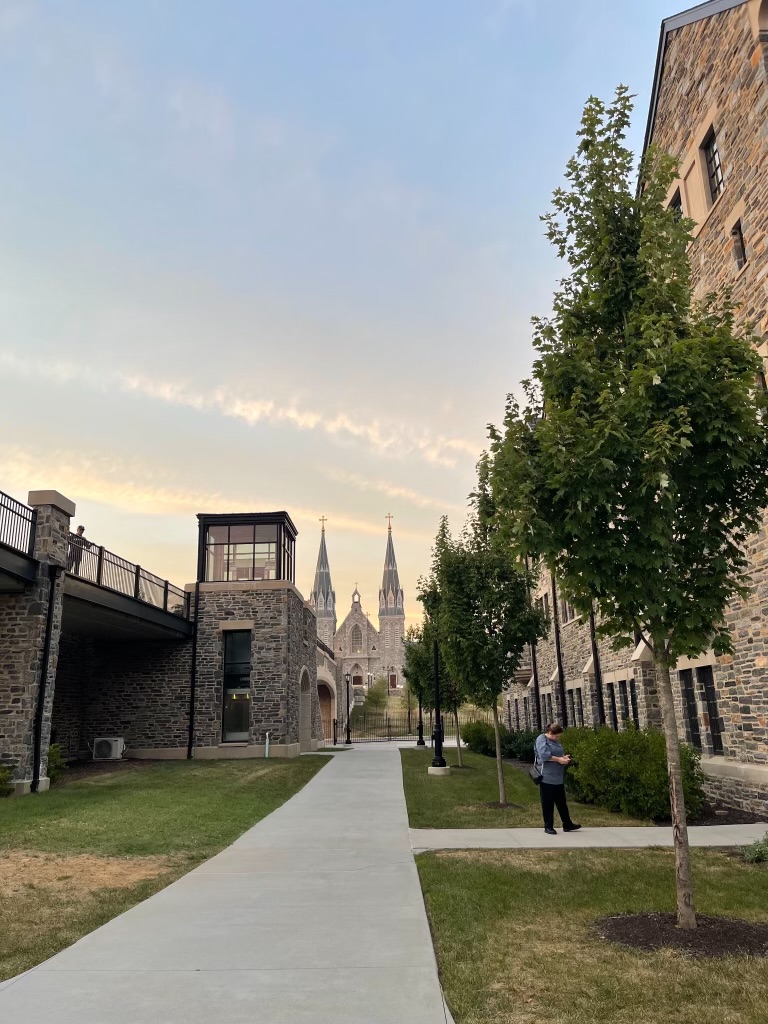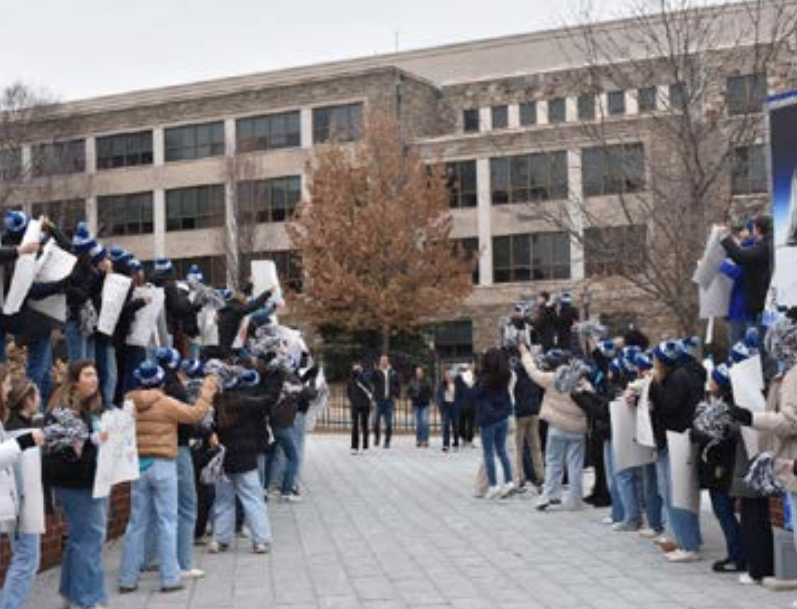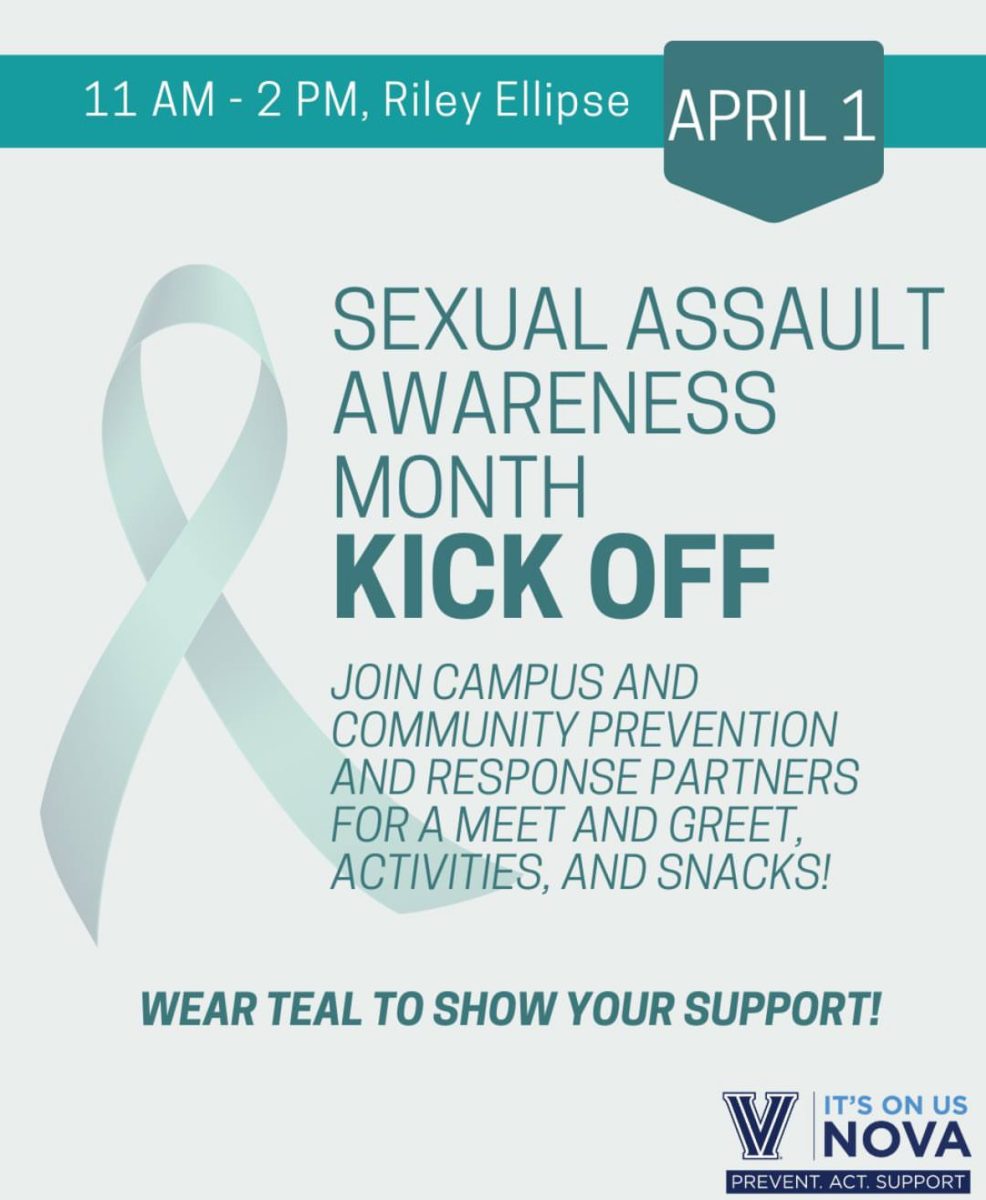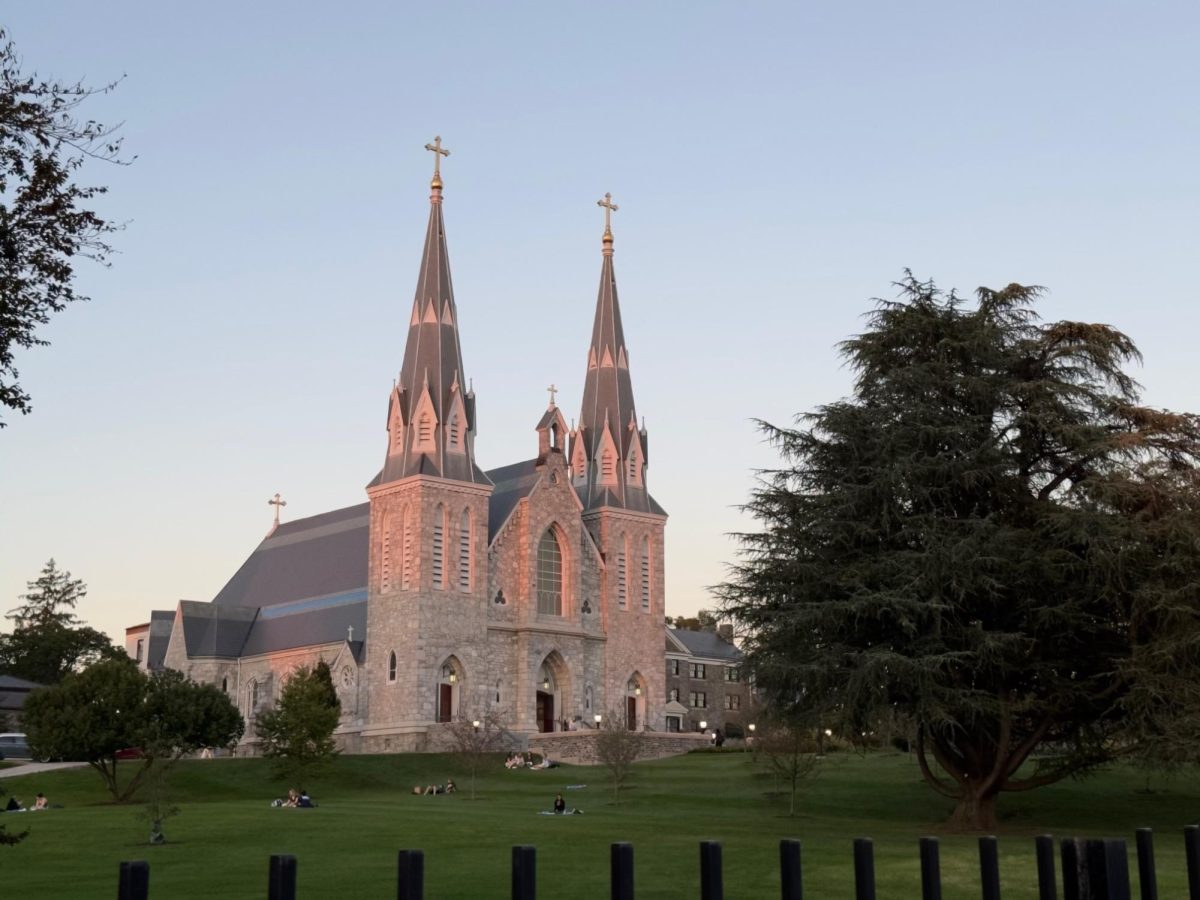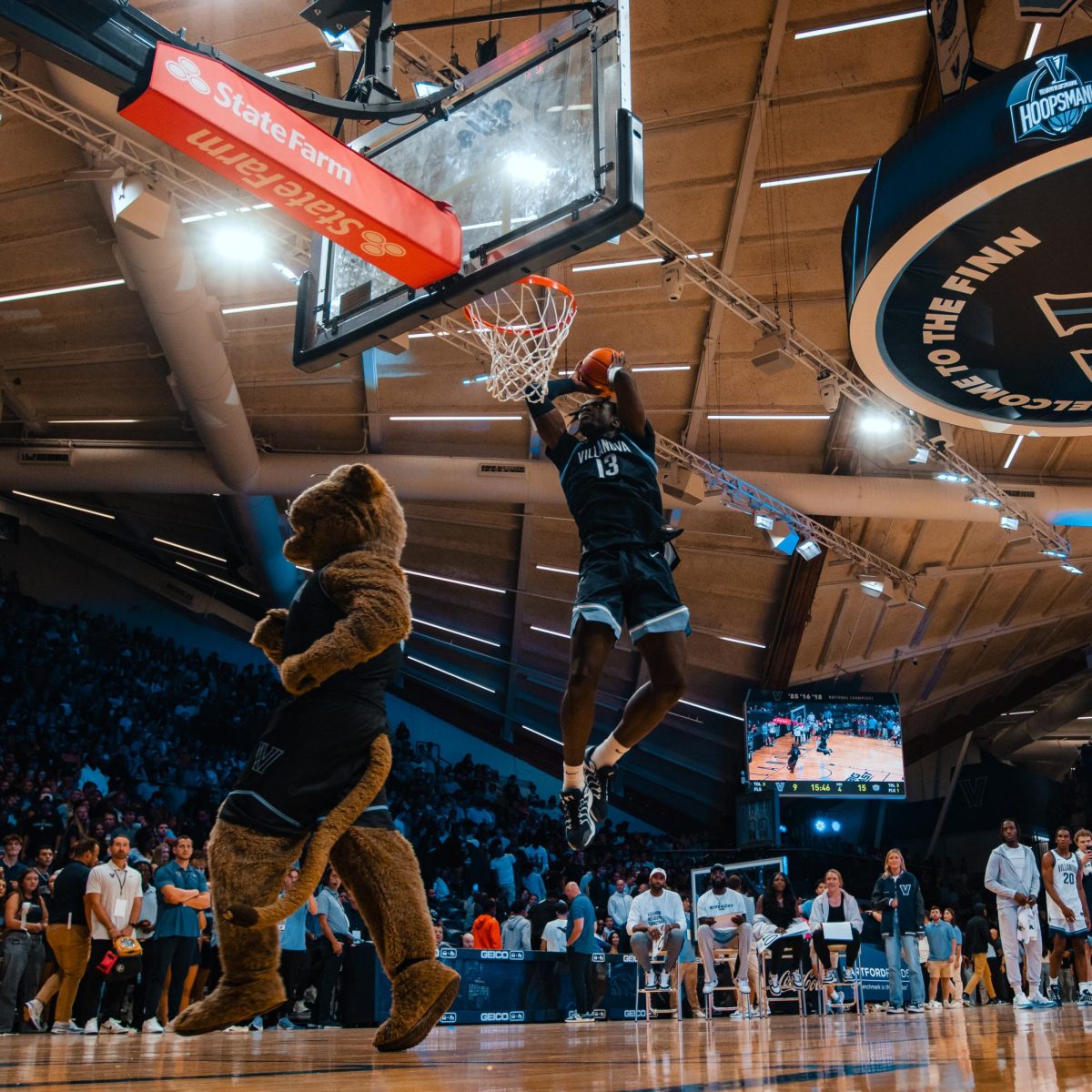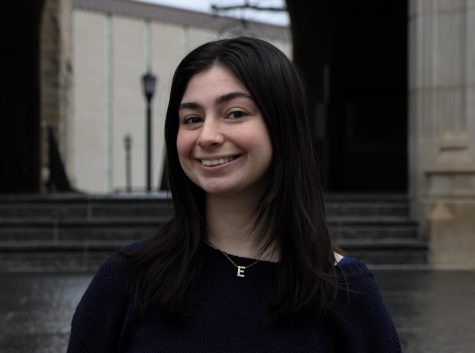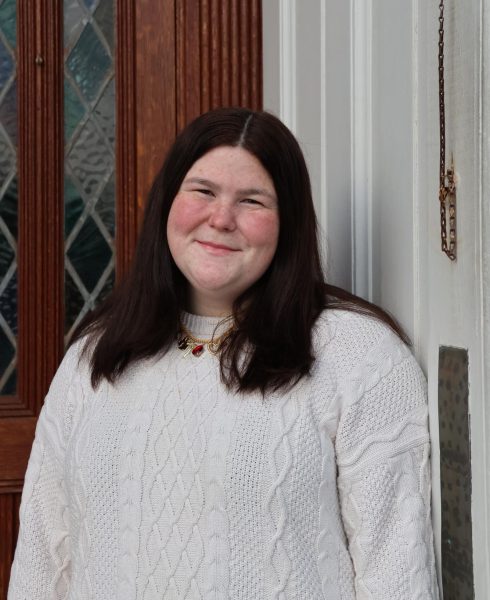With the acquisition of Cabrini’s campus comes the new challenge of making a new and removed environment feel like home. Cabrini is a four-minute drive down a two-mile stretch of road, and the University is mindful of the challenges ahead for successfully integrating a second campus. In anticipation of this development, Villanova representatives have been going on campus tours to see how other universities manage two or more campuses.
One attendant of these tours and stakeholder in the Cabrini project is Kathy Byrnes, Villanova’s Vice President of Student Life. Byrnes described the motivation behind these tours and how these tours guide Villanova’s approach to the Cabrini acquisition.
“Learning by example is always a useful thing in life,” Byrnes said. “It seems that part of the reflection about how best to utilize this great asset that we’re acquiring is to look to see what some other places have done.”
Including Byrnes, a group of six has been in attendance on these tours. Typically, Villanova sends two Public Safety representatives to focus on transportation, namely the movement of people from one campus to another. Villanova also sends two individuals from facilities and management. This group also includes Tim Hoffman, Vice Provost of Finance and Administration, who, alongside Byrnes, represents interest in student life and academic life.
In deciding which campuses to tour, the representatives consider which schools are culturally, academically and geographically similar to Villanova.
“One of our criteria was the distance between campuses,” Hoffman said. “One of the goals is to learn about the logistics of bridging a couple mile gap, so we’ve targeted schools that have that type of profile.”
The University representatives, so far, have toured institutions such as Boston College, Quinnipiac, Lehigh and Duke. Some of these schools hold value in their similarity to Villanova as an institution. For instance, Boston College was selected because it is a Catholic institution with similar applicants and similar academic structure. Some of the other colleges were selected because of similarities in the relationship to their auxiliary campus. For example, Byrnes touched on the similarities between Duke’s East Campus and Cabrini.
“Like Cabrini, Duke’s East Campus was originally its own school that, many years ago, Duke became a part of,” Byrnes said. “We were interested in looking at how they integrated that campus into a holistic campus experience.”
Later in the spring, University representatives will tour George Washington University. It, similarly, is a school with two campuses and some urban traffic in between them.
When the group tours these campuses, it is looking at formal elements of the campus presented to them by the universities’ leadership. Villanova representatives also want to hear the opinions of students, and to see how the campus interacts in its natural state.
“When we’re there, we’re walking into classrooms and walking into residence halls [both with permission and with officials present],” Hoffman said. “We are riding the transportation, and talking to students, asking them questions. We get the official statement from the University and how they frame things, but then, as we do our conversations, we are trying to learn from the students what it is like.”
While attending these tours, another thing representatives are keeping their eye on are student amenities.
“Whether they’re here on this campus, or on the Cabrini campus, we want our students to be having a great student experience,” Byrnes said. “So, we’re looking at dining halls, we’re looking at athletic facilities and recreational facilities. We’re getting a feel for where students spend their time.”
In all, going on these campus tours has made clear that there is no one clear outline for success. Keeping a “holistic” campus in mind, Villanova representatives find inspiration in the various amenities offered. But another key takeaway is that the strength of an auxiliary campus is dependent on the mission of the University.
“Every campus has its own story,” Hoffman said. “Lehigh receives an old steel plant, Quinnipiac decides to develop huge acres they own at the top of a hill. There’s all these different elements, but what definitely has shined through is that connection between the mission of the University and the strengths of the University.”
Cabrini’s campus will join Drosdick Hall and the Maggitti Library in aiding Villanova’s campus master plan, which over the years, plans to utilize campus in a way that best meets present and future needs. With this plan, it will take some time to develop a new auxiliary campus. According to Byrnes and Hoffman, the vision for Cabrini’s campus is not fully articulated or envisioned yet.
“Cabrini comes to Villanova on July 1, 2024,” Byrnes said. “But the thought is that we won’t start utilizing that part of our campus until even maybe the Fall of 2026, with the thought being that we want to do this well and we want to make sure that our students, faculty and staff experience that Villanova ‘home’ and that Villanova ‘community,’ wherever they happen to be.”
As the University continues to plan for Cabrini, it will continue sending people on campus tours. So, while Cabrini has no set plans for its future use, University representatives will (in very Villanovan terms) help it “become what it is not yet.”

